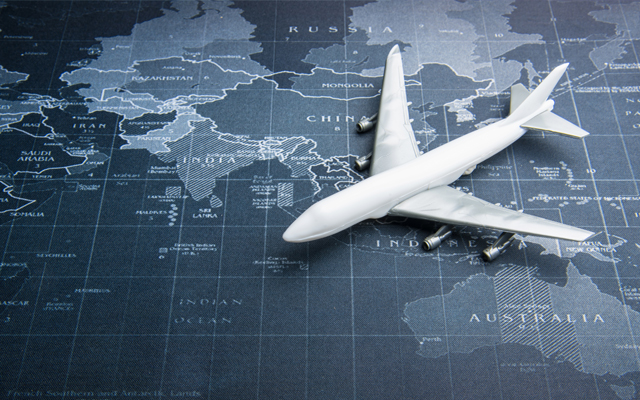The Asia-Pacific region has fewer international aviation routes now compared to before the Covid-19 pandemic, with a gross loss of 1,017 international routes, where a majority of the losses are from China, followed by Thailand and Cambodia.
These insights come from Thomas Pellegrin, Asia-Pacific aviation leader at Deloitte, and Mayur Patel, regional sales director at OAG Aviation, who spoke during the Aviation Outlook + Aviation Connectivity in 2025: Observations from the Post-Pandemic Recovery session at the PATA Knowledge Forum on August 26.

Pellegrin first presented a whitepaper, titled Asia Pacific Aviation Connectivity in 2025: Observations from the Post-Pandemic Recovery, which examined how international and domestic commercial aviation networks in Asia-Pacific evolved during two key periods – from December 2013 to December 2019, before the Covid-19 pandemic, and from December 2019 to the present, since its onset.
“We have seen an incredible contraction in the international connectivity of Asia-Pacific. The region is the only region in the world that has lost net international connectivity over the last six years,” he said.
This reduction of airline connectivity means that “that the region is far more isolated than it used to be and that has downstream effects on foreign trade, GDP growth and employment”, which impacts tourism and cultural exchanges and scientific programmes, he noted.
To reduce these effects, Pellegrin suggests that hospitality companies can capitalise on the robust growth in domestic travel in Indian and China to expand their offerings to previously underserved secondary and tertiary cities, while airports need to do more to attract airlines.
At the regional level, there needs to be stronger multilateral collaboration on passenger and visa facilitation, as well as broader open skies and air service agreements.
Patel then shared a broad overview of the global aviation industry, indicating how airlines in the region are reporting strong financials, while others are recovering. However, there are some “dark clouds in the horizon” to look out for, such as demand normalisation.
He highlighted that many European airlines are consolidating with acquisitions of smaller carriers – a trend that will continue to happen.
Meanwhile, the Middle East remains a key player, with passenger traffic expected to continue as the region connects the East and West. Türkiye’s aviation market is also expected to grow in a similar pattern.
Patel concluded that the industry faces many unknowns and a great deal of uncertainty moving forward, which he believes will be “very interesting” for how the sector navigates future challenges.











